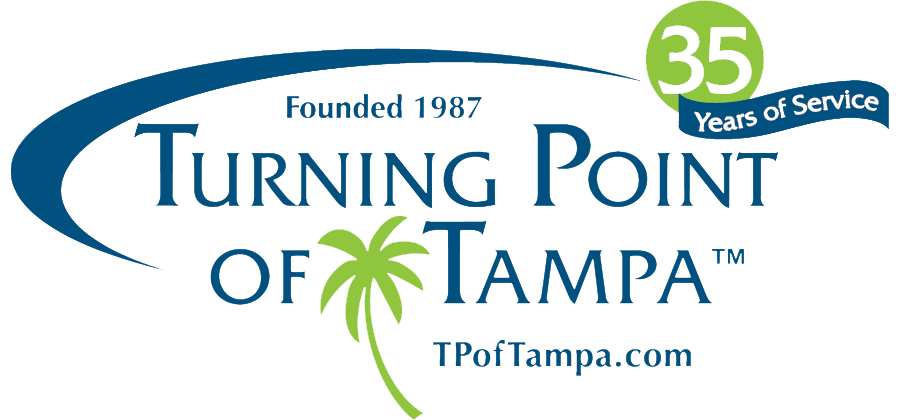Dual diagnosis, also called a co-occurring disorder, means a person suffers from both a substance use disorder (SUD) and mental disorder simultaneously. Although one or the other may have developed first, both disorders are now present. Either disorder can mask or worsen the symptoms of the other disorder.
Eating disorders (ED) are one form of mental illness that commonly co-occur with SUD. According to the National Center on Addiction and Substance Abuse, 50% of those with an eating disorder also misuse alcohol or illicit drugs. This rate is five times higher than found in the general population.
The Center’s statistics also found 35 percent of those with SUD have a co-occurring eating disorder, a number that is eleven times higher than that of the general population.
Individuals suffering from bulimia nervosa have the highest incidence of dual diagnosis, followed by anorexia nervosa and binge eating disorder.
Why Do SUD and ED Commonly Co-Occur?
Researchers theorize that those suffering from co-occurring ED and SUD may be self-medicating to cope with emotional pain, past trauma, self-loathing, or underlying anxiety or depression. Because both disorders are chronic brain diseases, addictive substances, and behaviors can actually rewire the brain, making recovery increasingly difficult.
SUD and ED share several common risk factors, according to a National Eating Disorder Association (NEDA) fact sheet. Risk factors include brain chemistry, family history, low self-esteem, depression, anxiety and social pressures. Other shared characteristics cited by NEDA include compulsive behavior, social isolation and an increased risk of suicide.
How is Dual Diagnosis Treated?
It is vital that individuals struggling with dual diagnosis treat both conditions simultaneously, using an integrated approach. After medically supervised drug or alcohol detoxification, the treatment plan often utilizes a comprehensive 12-Step based treatment approach.
The treatment plan typically includes individual, group and family therapy, support group participation, development of coping and relapse prevention skills, stress management techniques, and strengthening communication skills. The plan may also include prescription medications. Treatment may take place in either a residential or outpatient setting.
NAMI encourages those with a dual diagnosis to find a support group that is not limited to one or the other. When seeking treatment, it is important to find a treatment provider that can address both the eating disorder and substance use disorder, as well as provide the level of care appropriate for the client’s needs.
At Turning Point of Tampa, we combine intense therapy with compassionate care as we utilize a holistic approach to treat addiction, eating disorders, and dual diagnosis. Our Eating Disorders/Food Addiction Program for clients with Binge Eating Disorder, Bulimia Nervosa, and Anorexia Nervosa is nationally recognized.
Turning Point of Tampa has been offering Licensed Residential Treatment for Addiction, Eating Disorders and Dual Diagnosis in Tampa since 1987.


